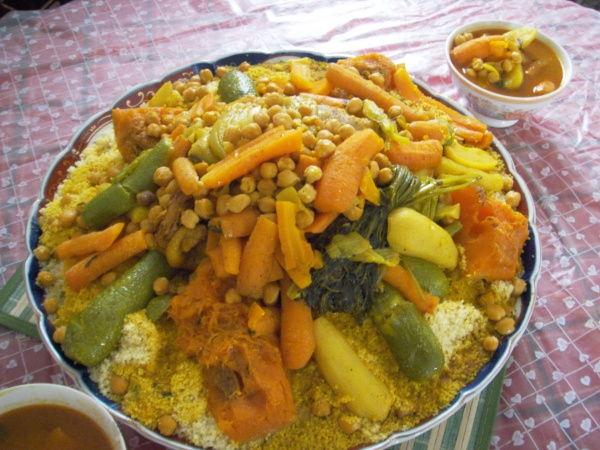Facts About Couscous
Couscous is a cherished traditional dish from the Maghreb region, made from tiny steamed granules of crushed durum wheat semolina, often served with a robust stew. It is a dietary staple in countries like Algeria, Tunisia, Mauritania, Morocco, and Libya. The name "couscous" has Berber origins, although its exact etymology remains somewhat obscure. The dish is believed to have been developed by the Berbers in northern Algeria and Morocco between the 11th and 13th centuries.
Preparing couscous traditionally involves rolling small pellets of semolina by hand and then steaming them. Historically, this was a labor-intensive process requiring several days of work by groups of women. However, modern techniques have greatly simplified and expedited couscous production. In North Africa, couscous is typically served with vegetables and meat, with each region incorporating its own distinctive ingredients and spices.
In Israel, couscous has gained popularity among Maghrebi Jewish communities. A larger type of couscous known as ptitim is especially popular. In Egypt, couscous is often enjoyed as a dessert, while in the Levant, a larger version made with bulgur is more common.
Couscous differs from pasta in that it is made from crushed durum wheat semolina, whereas pasta is made from ground wheat flour. Similar foods include attiéké, bulgur, Berkoukes, and dishes like kouskousaki, maftoul, and upma from various regions around the world.
Nutritionally, couscous is an excellent source of protein and carbohydrates, with very little fat, making it a healthy addition to any meal.

 Algeria
Algeria